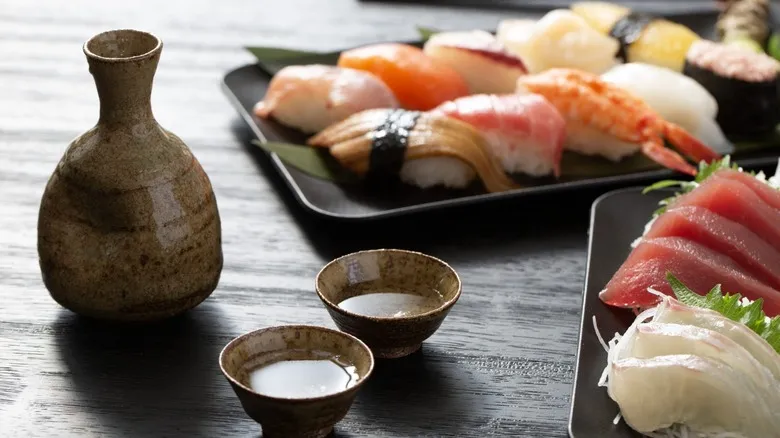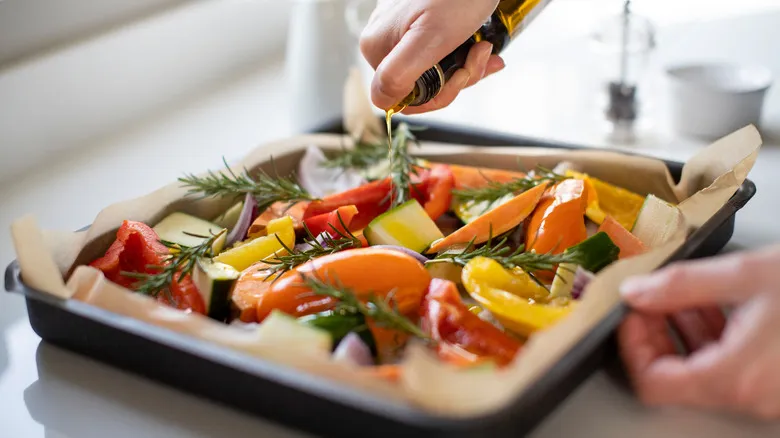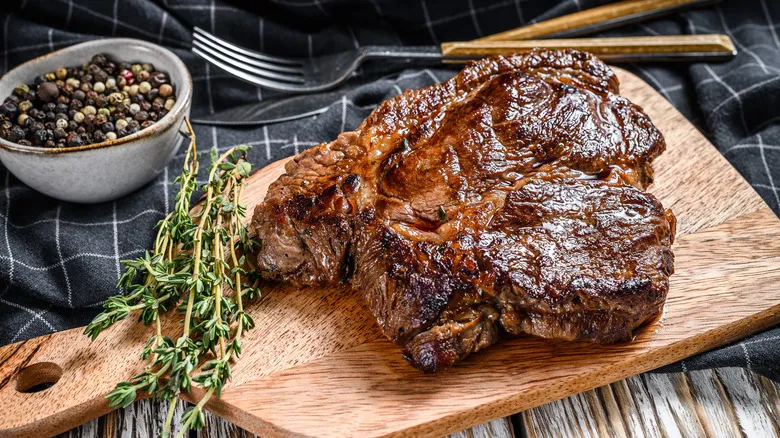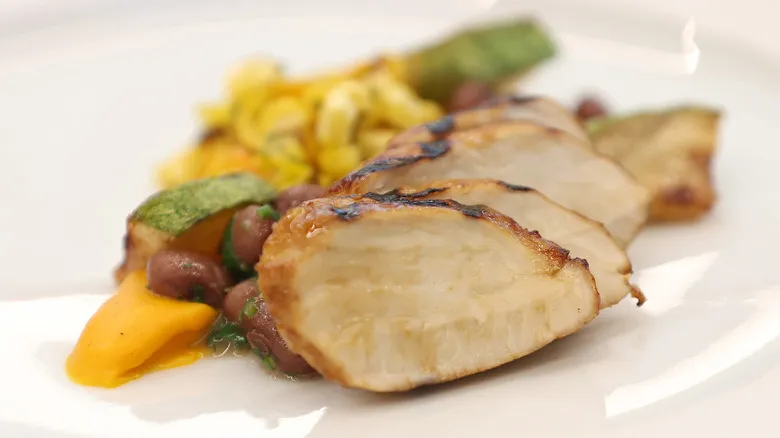Don't be afraid to switch up your drink pairings

You don’t need to dine at an upscale Japanese steakhouse to savor sake, which is distinct from soju. If you’re struggling to envision how to incorporate sake beyond Japanese dishes, consider the flavors you enjoy in your favorite meals. Nigori sake offers delightful flavors like strawberry and pairs wonderfully with fruit, cake, and cheese. Daiginjo and ginjo feature smooth, floral notes that complement seafood and pasta. Junmai has a bold, dry, earthy flavor that works well with rich foods like fried and marinated meats.
By focusing on how ingredients harmonize rather than fixating on a complete dish, it becomes simpler to identify our preferences and apply that understanding to the art of pairing. Our expert, Jeni Van Nortwick, raised an intriguing point: "If I can enjoy a Czech pilsner at a Mexican restaurant or a South African sauvignon blanc at an Indian restaurant, why can’t I have a junmai daiginjo with my cioppino at an Italian restaurant?"
Recommended
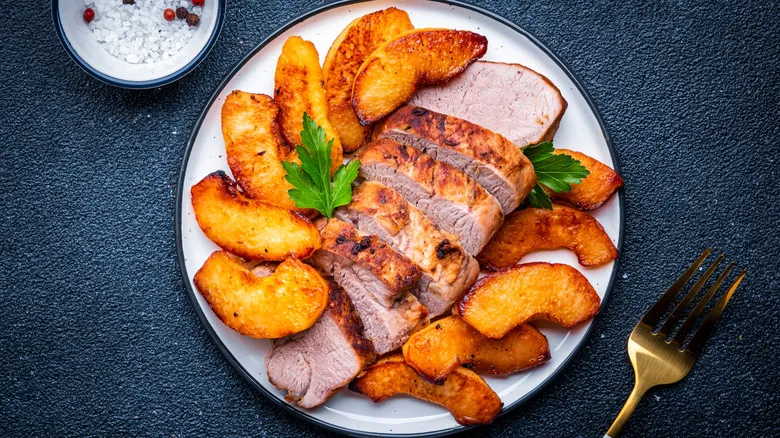
Does Red Or White Wine Pair Better With Pork?

Why It Took Over 100 Years To Put Beer In A Can

9 Bottom-Shelf Bourbons That Are Actually Worth The Buy

What Do The Letters 'DDH' Mean When It Comes To Beer?
Next up

